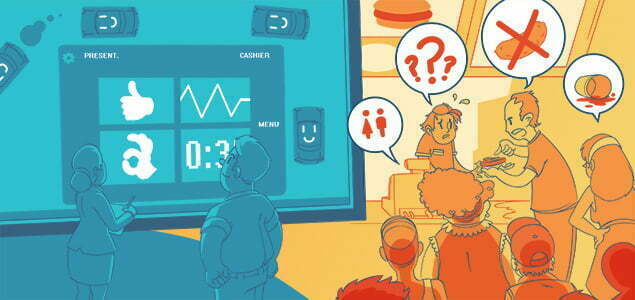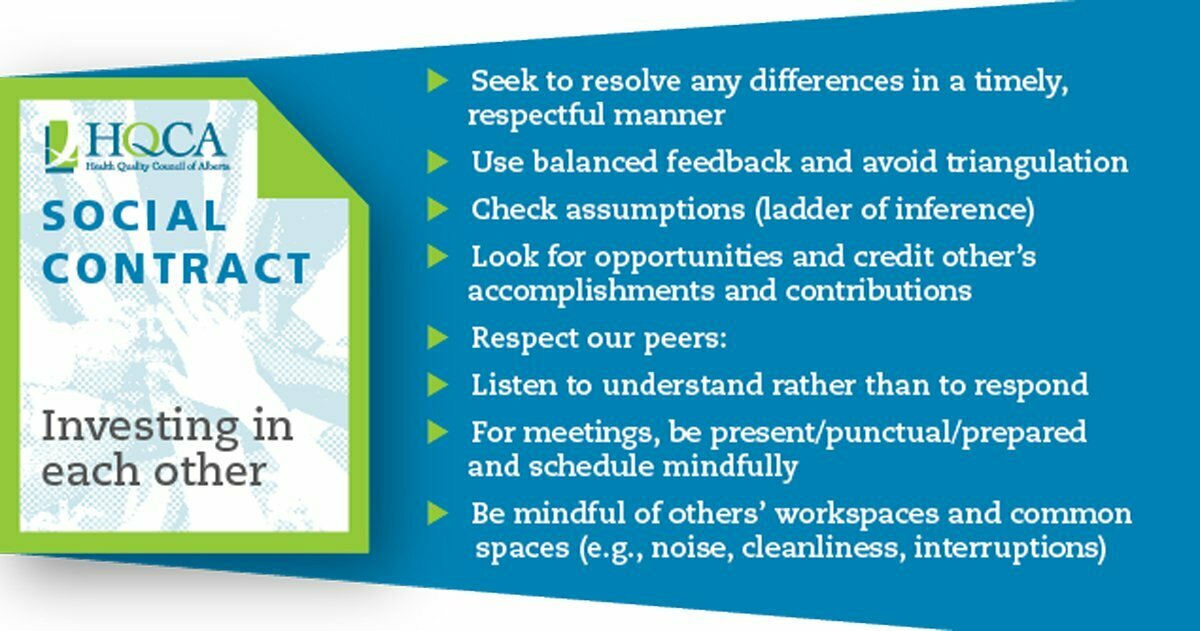Executive Director, Charlene McBrien-Morrison, comments on why listening to and acting on patient feedback and input is critical to “walking the talk” of a patient-centred healthcare system.
I greatly appreciated my colleague Kyle Kemp’s HQCAMatters piece about patient experience and how it is a wonderful complement to the suite of measures from which our health system should be reflecting. His perspective prompted me to probe further into the question:
Why do we survey patients on their experience in our healthcare system?
Like Kyle, I believe that listening to those we serve is invaluable. I want to take this a step further and assert it is central to assessing if we are a truly patient-centred healthcare system.
What does being a patient-centred healthcare system mean? The Institute for Patient- and Family-Centered Care (IPFCC) defines it as, “Patient- and family-centered care is an approach to the planning, delivery, and evaluation of health care that is grounded in mutually beneficial partnerships among health care providers, patients, and families.” The Institute goes on to say that, “Patient- and family-centered care leads to better health outcomes, improved patient and family experience of care, better clinician and staff satisfaction, and wiser allocation of resources.” It is crucial, therefore, to have those using our system tell us about their experience, and whether they really feel that “mutually beneficial partnership”. (1)
The Institute for Healthcare Improvement (IHI) speaks to the importance of actively learning from the patient and family by considering “the perspective of the individual as he or she interacts with the health care system (i.e., patient experience surveys)”.
The patient’s voice can be captured in many ways. Surveys (which Kyle mentioned), one-on-one interviews, focus groups, concerns/complaints, and resident and family councils are just a few examples. A cross-section of ways to capture experience is important, because “patient-centered organizations recognize that data is broader than numbers and includes the qualitative perspective of patients, families, and staff.” (2) The HQCA has also used qualitative methods to provide a more in-depth understanding of patient experience in specific sectors of the healthcare system such as our report about the experiences of seniors living in supportive living. “Qualitative approaches provide opportunities for dialogue, moving beyond the standard -always, -sometimes, or -never responses found on traditional surveys. The sharing of complete stories may very well shed light on areas for improvement not identified previously through the survey process.” (3)
This expanded train of thought led me to an even more important question:
Are we maximizing the value of the patient voice in moving us towards a patient-centred health system?
I’m not sure that we are; however, where organizations and teams are sincerely listening to and acting on patient feedback, the results are impressive and worth celebrating.
Just ask Westview Care Community, a long-term care centre in Linden, Alberta, where 100 per cent of families would recommend this care centre to others. “Propensity or likelihood to recommend” is one measure of the patient experience dimension suggested in the IHI’s A Guide to Measuring the Triple Aim: Population Health, Experience of Care, and Per Capita Cost. This would suggest that Westview is certainly demonstrating a patient- (resident-) centred approach in how they deliver care and identify improvement opportunities.
Being a patient-centred health system is not an end goal, but a continuous journey. “This journey approach also means that there are always opportunities for improvement, no matter how long your organization has been on the path to patient-centeredness. Sustaining a patient-centered culture demands adaptability and flexibility to meet the needs and expectations of your patients, families and staff―needs that will inevitably evolve over time.” (4) So, we need to continuously walk the talk of patient-centredness and never stop listening to, embracing, and acting upon the patient voice in all that we do.
To continue this conversation, I have posed a question to the HQCA’s Patient and Family Advisory Committee members:
How can we (healthcare leaders focused on improving healthcare quality) do a better job of “walking the talk” of patient-centredness by listening to and acting on the voice of those we serve?
I have invited our patient advisors to prepare a HQCAMatters article about their recommendations, and look forward to hearing their perspectives. Please follow us on social media (links at the bottom of the page), to see a notification when their response is posted in the coming months.
(1) Stiefel M, Nolan K. A Guide to Measuring the Triple Aim: Population Health, Experience of Care, and Per Capita Cost. IHI Innovation Series white paper. (Cambridge, Massachusetts: Institute for Healthcare Improvement; 2012) (Available on www.IHI.org)
(2-4) Susan Frampton et al., Patient-Centered Care Improvement Guide. (Planetree, Inc. and Picker Institute; 2008)
HQCAMatters is published monthly and presents HQCA representative perspectives on topics or issues relevant to healthcare in Alberta.


